
LIGHTING? – FOR WHAT?
In video production, and photo film and in theater lights are used to highlight, highlighting, etc … to cut figures or objects that are part of the scene.
You can use many types and sources of light, natural or artificial. But we take care of the artificial, and its infrastructure systems.
In light sources, there are many kinds and types, but we will deal with its functions. Mainly there are three functions lighting scene:
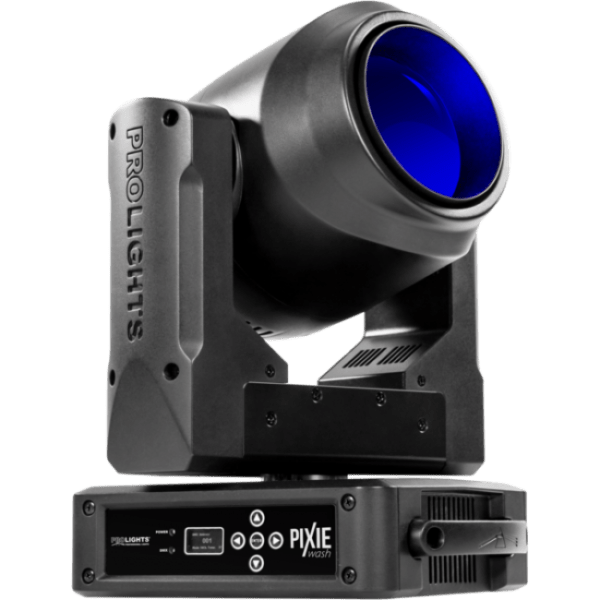

Front lights:
These lights or spotlights whose function illuminate the characters, and there are two types of functions: those that give a soft spot light, base, and harsh lights, or raising relief, or “shape” Figures in a two-dimensional medium 2, enhancing traits to something like 3 dimensions. Normally, they will warm lights or bluish white, but always basically white, with a touch of color.
Background lights:
These lights are tasked to illuminate the sets or cyclorama. Their mission is to create an attractive effect, in terms of light and color, which enhances the decor and help integrate it into the image. They can be mild or occasional, depending on the set and the intention of the director of photography, or enlightening. They can be indistinctly white color, although color are the latest trend.
Backlights:
As the TV medium in two dimensions, 2D, if the scene should be left as is, it seems that the main figure and the set are in the same plane. It would appear that the figure is embedded in the set.
To avoid this, bathes behind the main figure, with a halo of light, which creates a profile on the shoulders and head, literally “off the main figure of the set. This is more important, the closer you are the main figure and decorated.
normally this point for projectors, fresnel type allowing direct light well, and cut to avoid unwanted bouncing elements are used.
Here are a few touches of the main idea, and that of course supports all kinds of variations in different situations and preferences “wizards of light” as cinematographers, and illuminators.
LIGHT PROJECTORS - FEATURES
Anything that produces light is a lighting projector.
Could be the Sun, a candle, a window, or something artificial, as the projectors.
In a spotlight, we have to take into account several parameters to gauge their suitability or otherwise for the function to which it is assigned.
Power consumption. And therefore the consumption efficiency of light generation.
The light produced. Measured in lux or footcandles (approx. 1 candel = 10 Luxes).
Type yoke. Whether simple or it can be operated from the ground by pole.
The color temperature. Normally 3,200 or 5,600 Kº.
Type lens. Par, fresnel convex plane (PC), aspheric, or without lens.
Type of protection in the lens, if necessary. This protection is used if tungsten lamp explodes.
Production technology of light. HMI, Tungsten, LED, Phosphorus.
Weight and dimensions. Not the same use in field production, which will be transported by hand many times, that if you will be hung from a rack without moving.
Allowing the battery power or mainstream. To ENG battery is very convenient.
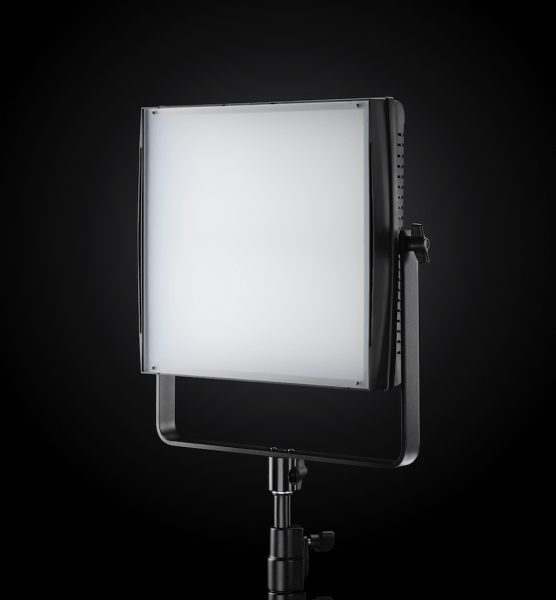
CURRENT TECHNOLOGY
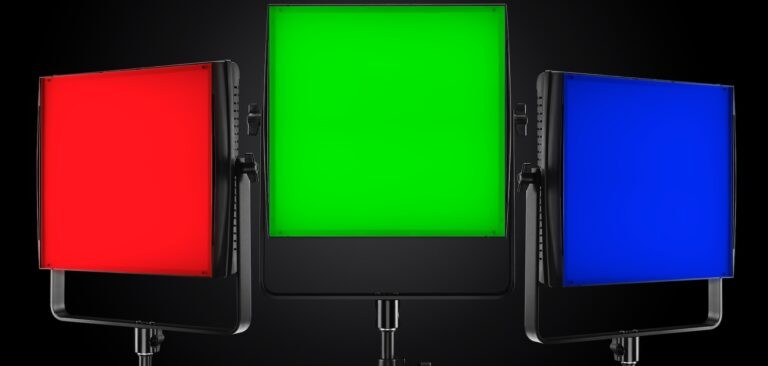
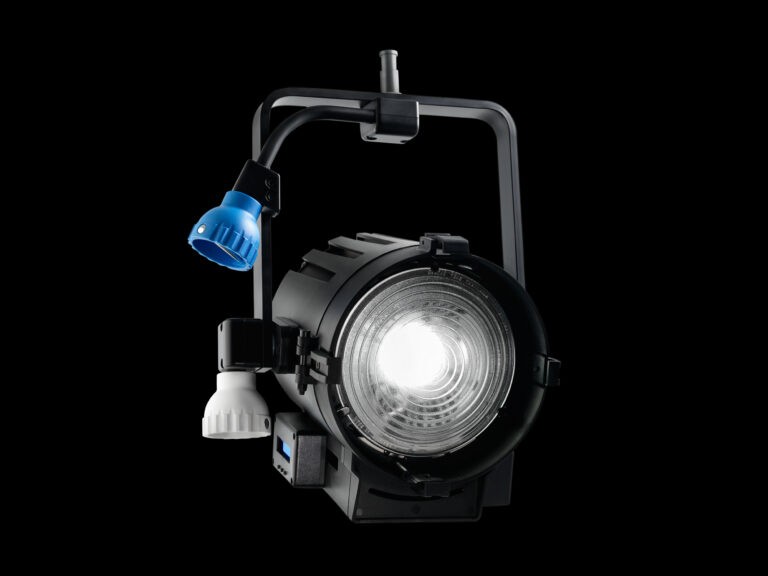
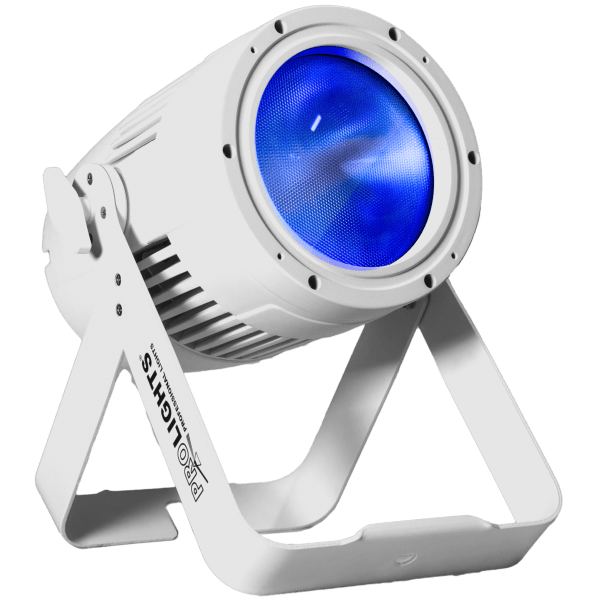
Normally, up to now, and only for economic issue, has been using the color temperature of 3,200 Kº in TV studios, and ENG. Except for fluorescent panels, which can be equipped tubes any color temperature, but serve only as diffuse light.
This was so because, despite the cameras work best with a width of more spacious bright side, the prices of light with 5,600 Kº, were literally prohibitive. Or a conversion filter CTB set, losing half-light, or projectors HMI (much used in advertising and picture) with the additional cost that this implies resorted.
Were used all devices, such as Fresnel, diffuse light, Iris, cyc lights, etc .. based on tungsten, purely by inertia, and because they are cheaper projectors acquisition, although more expensive to exploitation by the continued use of lamps and consumption.
Currently, as mentioned above, the LED technology can replace each of the projectors, LED equivalents, with a consumption of about 25%, without replacing lamps.
This type of projectors has already achieved a luminous efficiency devices much like tungsten.
Moreover, the colorimetric efficiency has already exceeded the CRI (Chromatic index performance. CRI English) of more than 90. This figure can perfectly replace old and inefficient tungsten projectors by LED.
In any case, if the IRC was not enough, there are compensating filters to balance the IRC.
So now we face a transformation of art of professional lighting in all fields, from the studio, or set, TV, portable lighting, or ENG, and photography, and advertising. Even architectural lighting and spectacular, where they are replacing mobile robotic heads, for their LED counterparts.
The LED projectors do not require external dimmer, nor for all the infrastructure. Have an internal dimmer, DMX regulated, which greatly facilitates installations and usage.
Welcome whether this new technology will make our lives a little easier.

